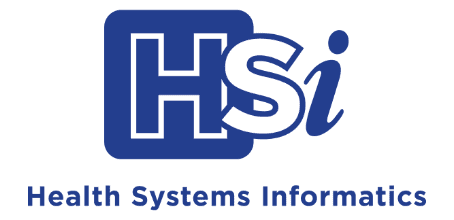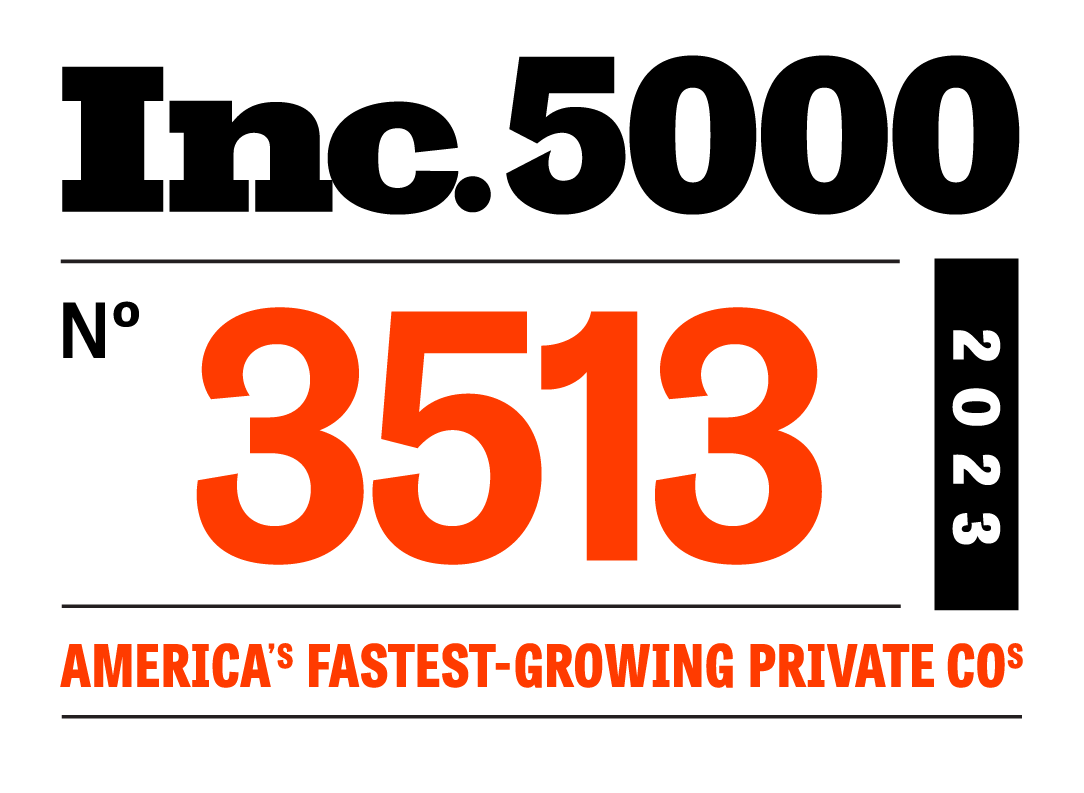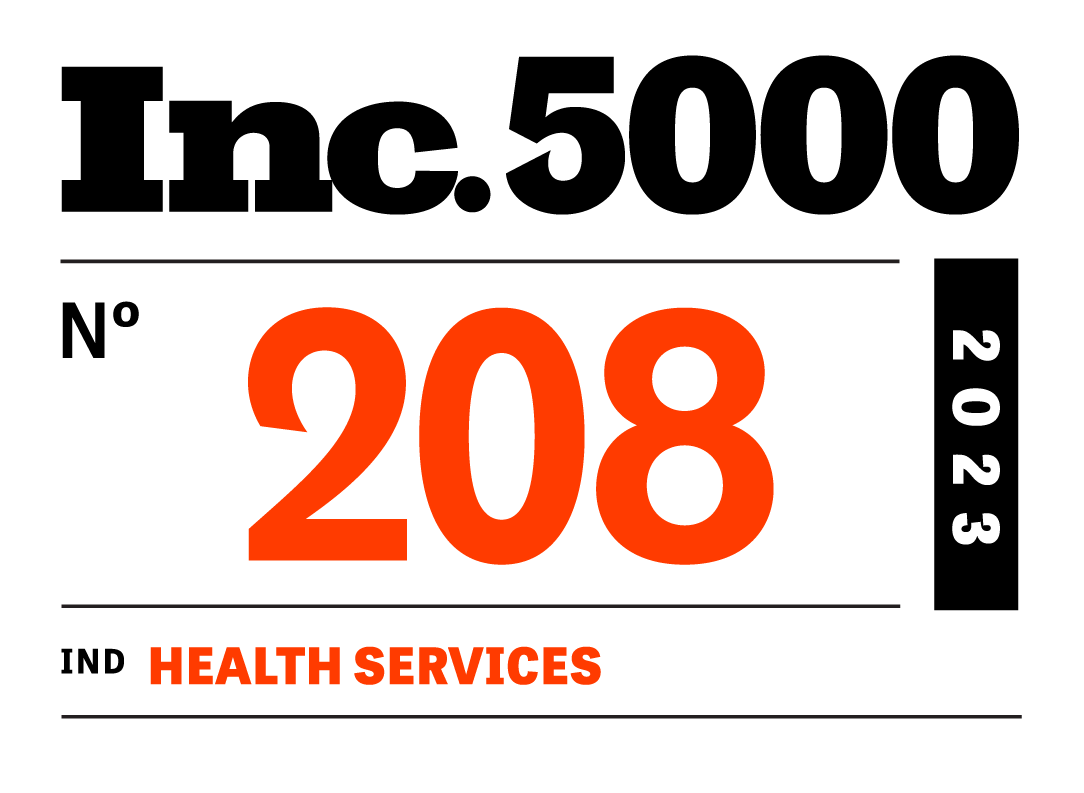A Discussion with Kathie Crane:
Regulatory Requirements for MIPS

Though preparing and reporting for MIPS can be overwhelming for many healthcare organizations, there are steps that can be taken to ease the burden and reap the benefits. Kathie Crane is an accomplished registered nurse with extensive strategic planning, leadership, and clinical informatics experience. In the past 17 years, she has successfully led teams through multiple EHR implementations resulting in organizational achievements of HIMSS Analytics EHR Adoptions Levels 6 and 7, successful attestation of Promoting Interoperability Programs, and Davies Awards. Here she shares the wisdom her experience in understanding the MIPS System has garnered.
Q: What is the most common issue you have seen for new organizations you work with when it comes to their regulatory requirements for MIPS (Merit-Based Incentive Payment System)?
A: The most common gap I experience, is the organization not being able to stay up-to-date with all the regulatory changes. For example, on Nov 1, 2018, CMS published the 2019 reporting year final rule which began 1/1/2019. This did not leave much time, only 2 months, for organizations to understand the regulatory requirements and organizational gaps they may have in meeting their obligations. Organizations that review the proposed rules do have a heads up on what may be coming and can respond much faster. Unfortunately, many do not have time to read or think about what might happen and prefer to wait until the rules are finalized before needing to respond. This can create a “fighting fires” feeling as organizations are planning and responding at the last minute.
In addition, the requirements themselves are confusing. To demonstrate my point, Promoting Interoperability (PI) and the MIPS System have many similar measures and requirements, yet are different and the rule changes occur at different times in the year. Sometimes the PI objectives for the hospital will change but not the MIPS objectives, and vice versa, increasing confusion and reporting requirements.
Complicating matters even further, eligibility for the MIPS program changes based on billing or the services provided. This means some clinicians are eligible in one organization and not in another, making data collection and reporting difficult.
Q: From your perspective, what are the characteristics of a prepared program that is adaptable and ready to adjust to the ever-changing requirements?
A: Organizations that review, comment, and do some planning based on the proposed rule are not nearly as surprised when the final rule comes out. Ideally, workflows have been adjusted and reports built to mimic what reporting will look like 3 months in advance. Further, organizations should be ready with trained providers and staff, monitoring for compliance and workflow adjustments made for January 2022 by October 1, 2021. That said, as mentioned above, the final rule for 2019 was not even released until November so everyone needs to understand the work being done is based on best-guess scenarios and could still need to change.
Q: As an objective 3rd party, what do you bring to your customers that sometimes they do not realize they need until you are working with them?
A: One critical area I have seen in the past where I have brought value is addressing the lack of knowledge related to what is required and what is not. The QPP and CMS portals are not super clear on what objectives are required, which are options, when they are due, and how to use the portal. In one case, this lack of understanding resulted in a CAH losing 1% of its reimbursement. This often happens due to staff turnover, a change in the organization’s structure, or just the frequently changing regulatory requirements. By having a 3rd party that understands the rules, the requirements, the deadlines, the attestation portals, and the process, there is consistency and an expert to reach out to if you have questions.
Q: If you could give one piece of advice to anyone getting ready for the end of the month submission deadlines, what would it be?
A: Be prepared. Be prepared with all your data and know the requirements before you begin the process. This will make it much easier to know when you have successfully submitted everything. Additionally, you need to ensure you have backups of all your data as you will eventually be audited. You need to store the data and the details behind the data, with the corresponding proof your system was configured according to the specifications, for at least six years. In today’s EHR environment everything is dynamic. You cannot count on being able to retrospectively run a report five years from now that will produce the same data it did on the day you attested. Documenting and collecting a book of evidence takes time but will really pay off when you pass your audit in the future.
In the case of MIPS, an ounce of prevention is worth well more than a pound of cure. Preparing for the regulatory requirements of MIPS with a consistent SME can help ensure your organization meets its requirements and gets the greatest reimbursement possible. If you would like to dig deeper into managing your MIPS needs with Kathie, she may be reached at HSi@hsi-corp.com.







